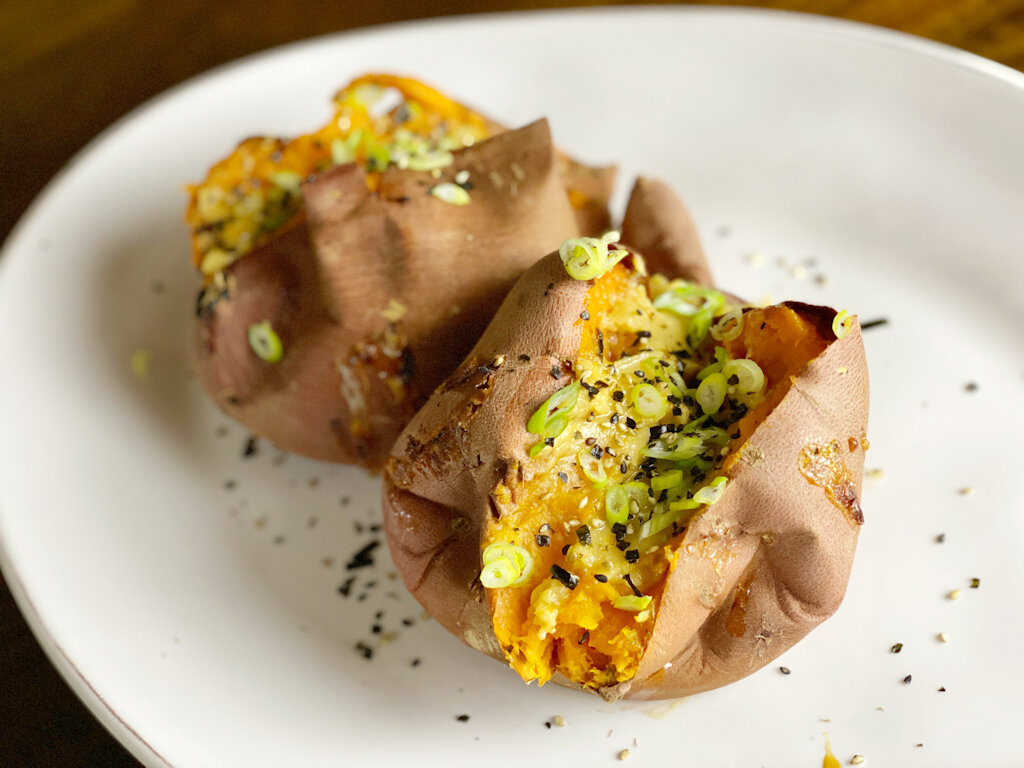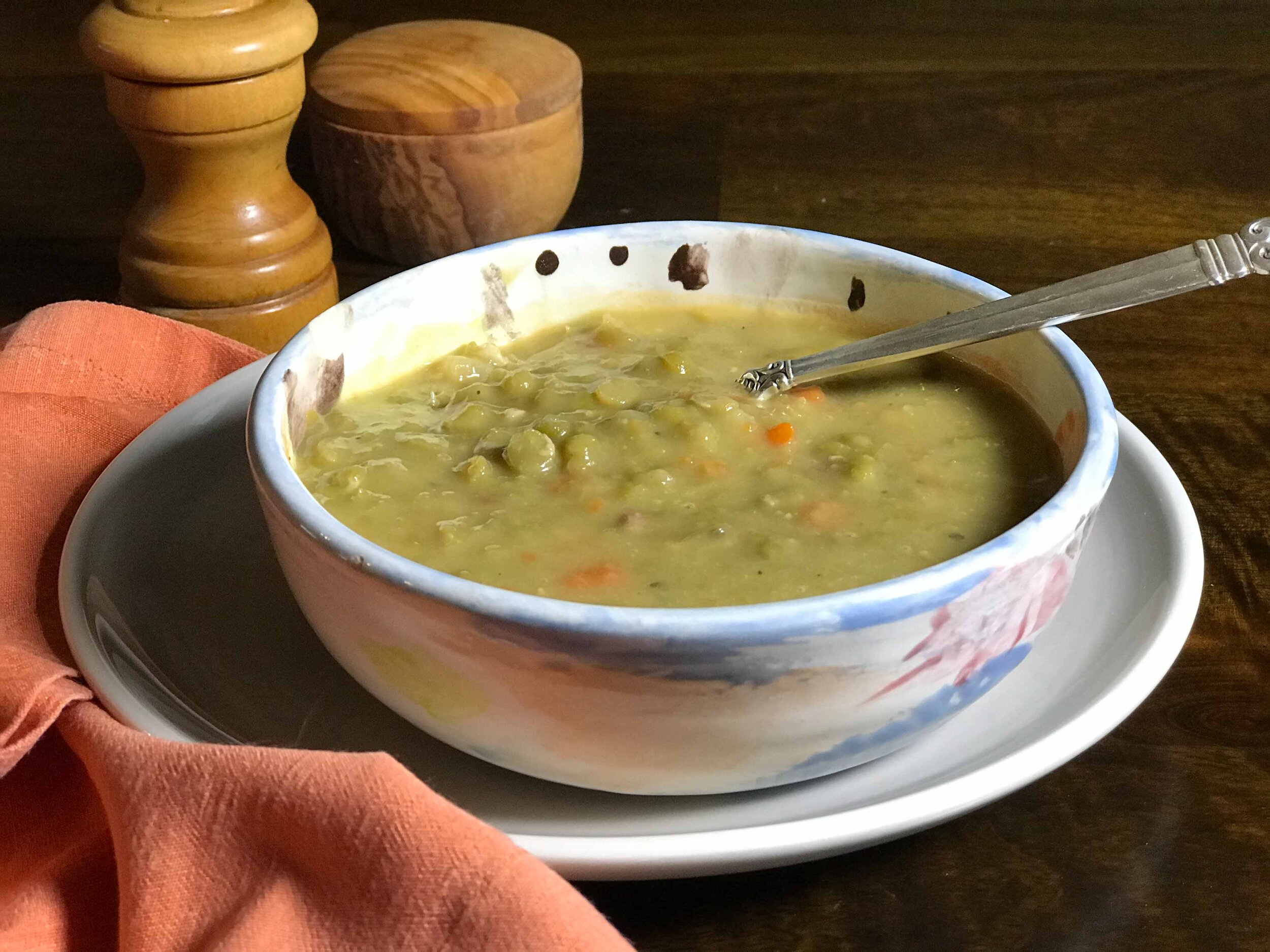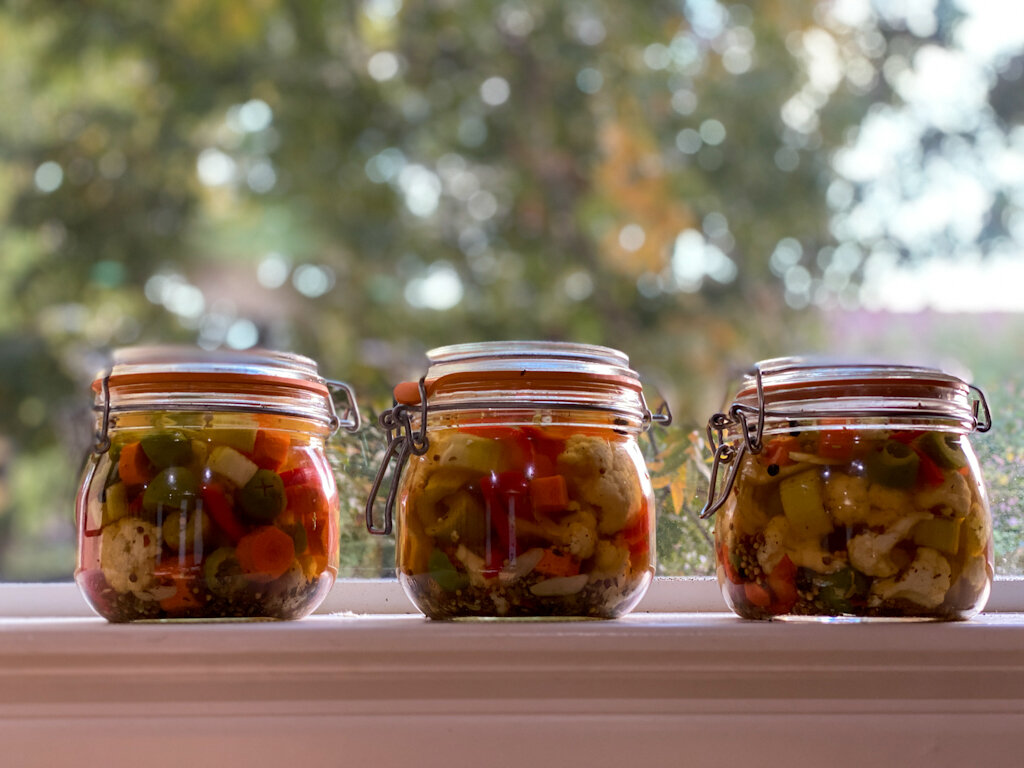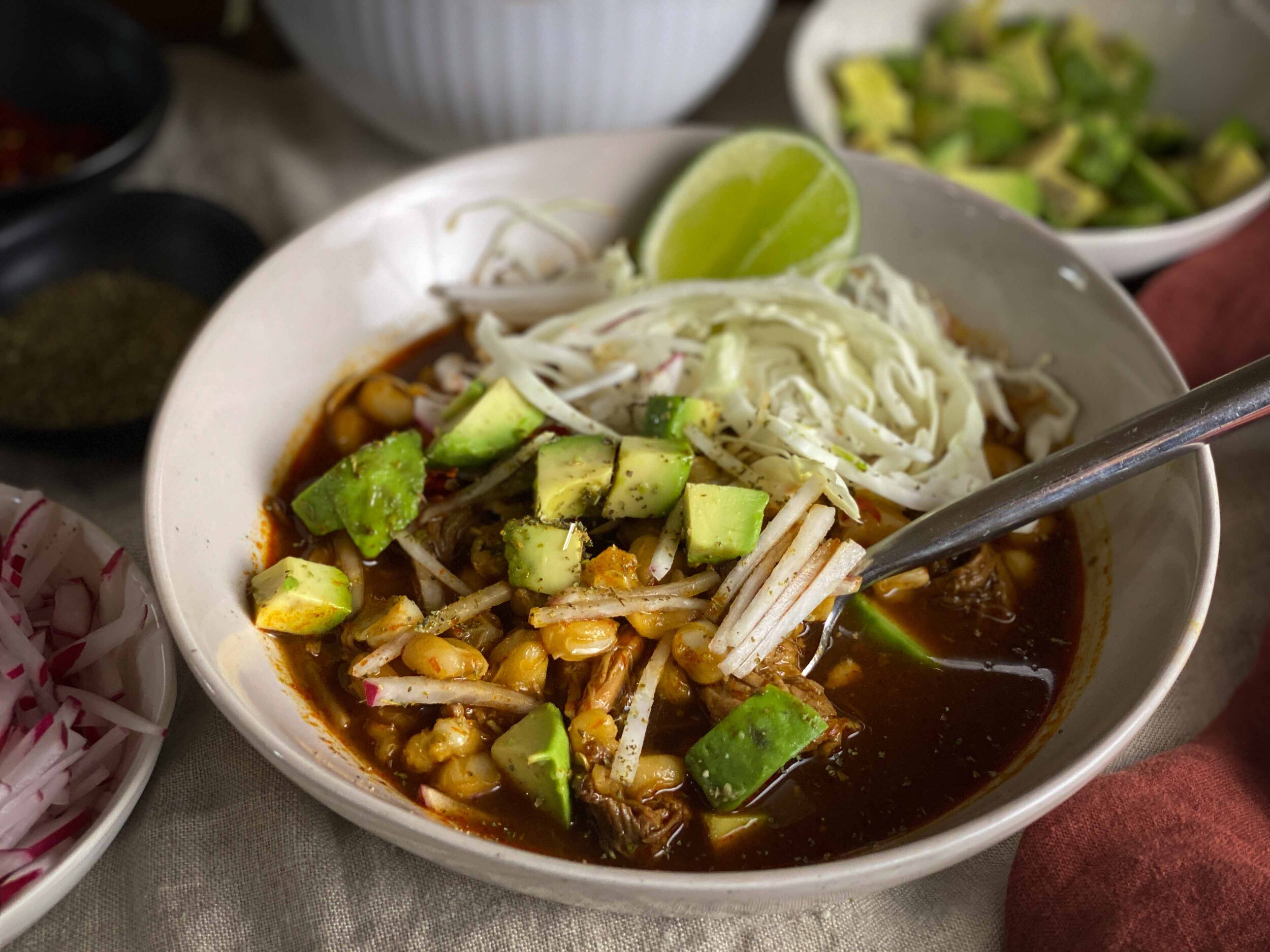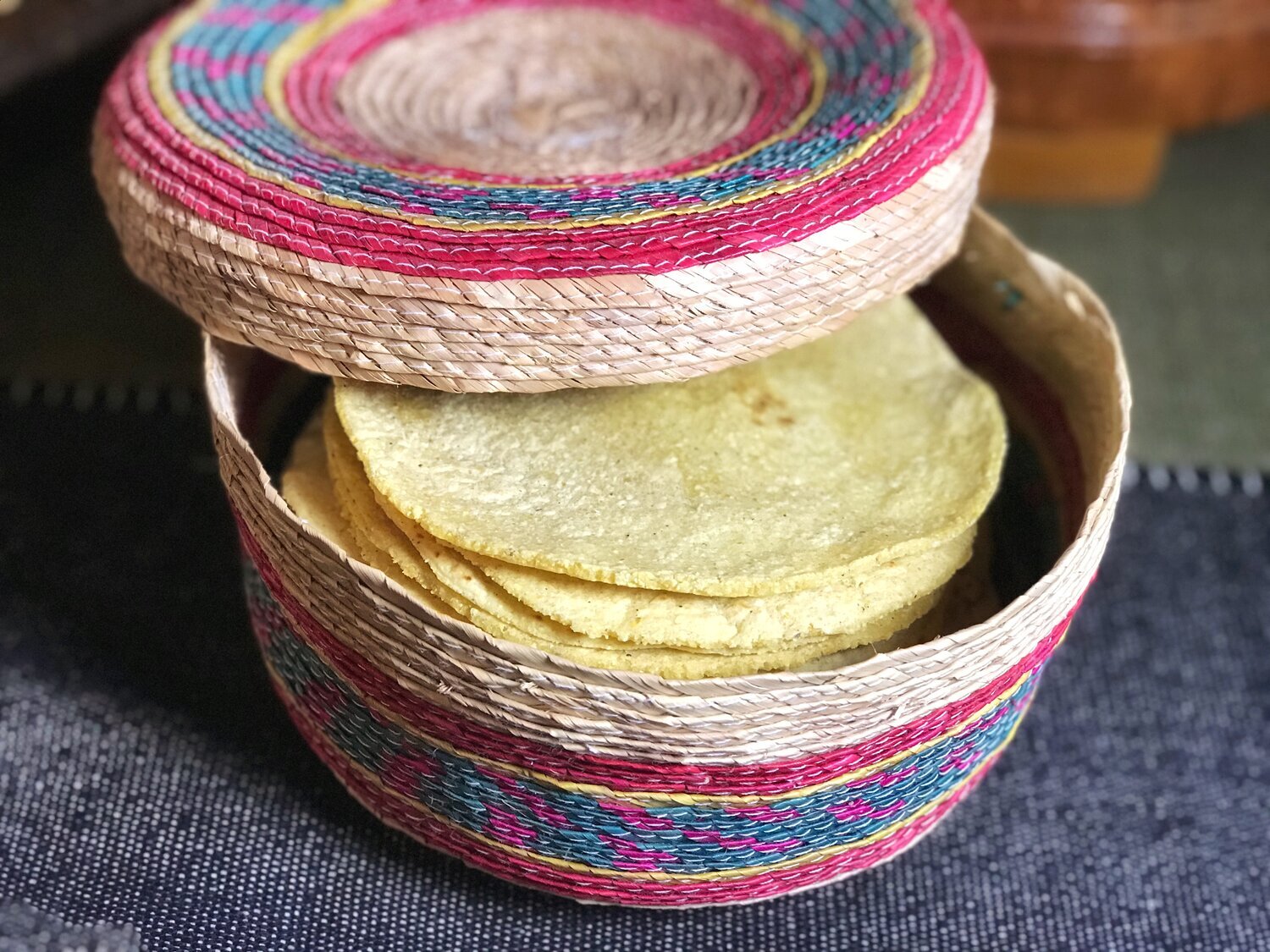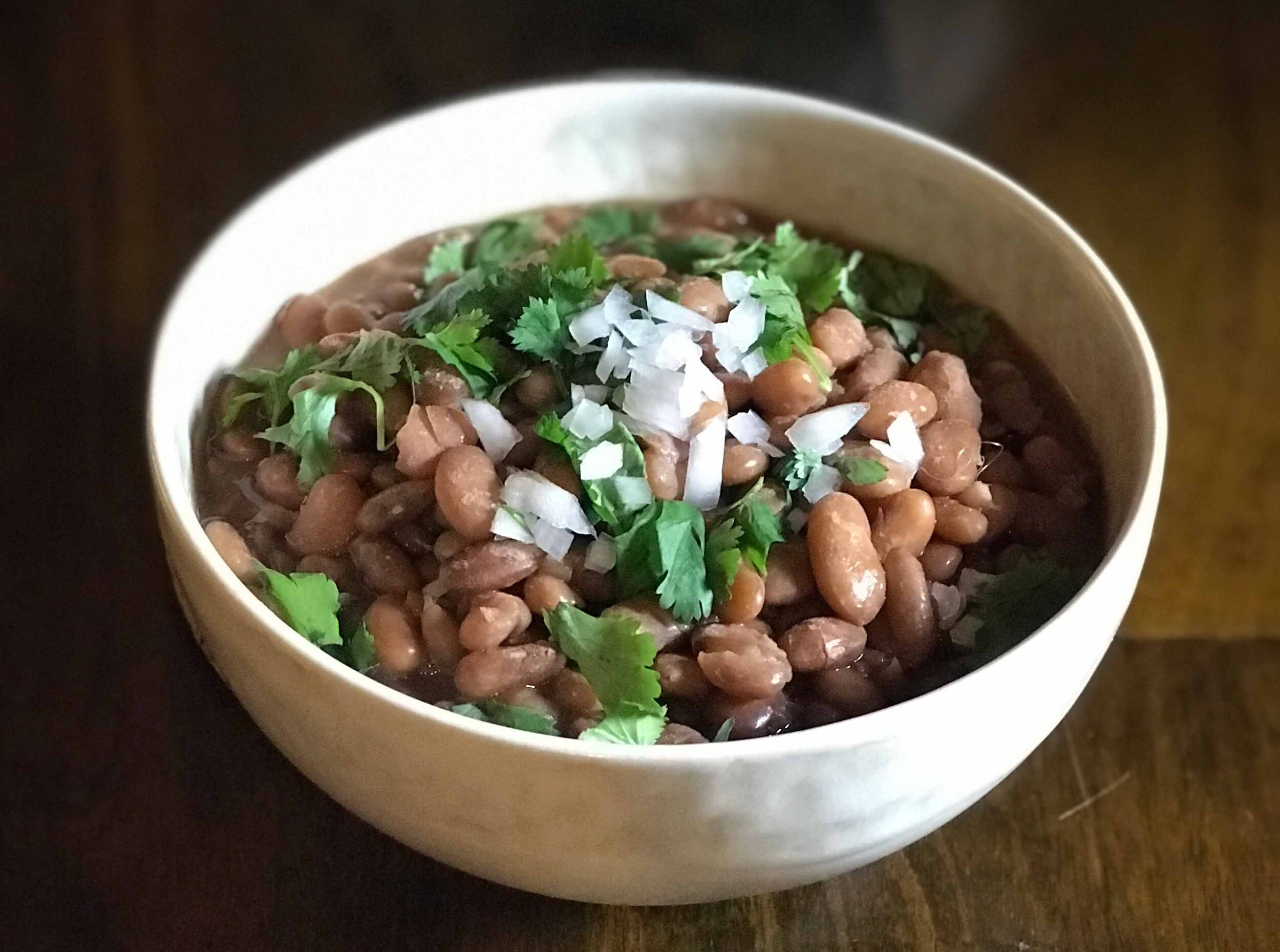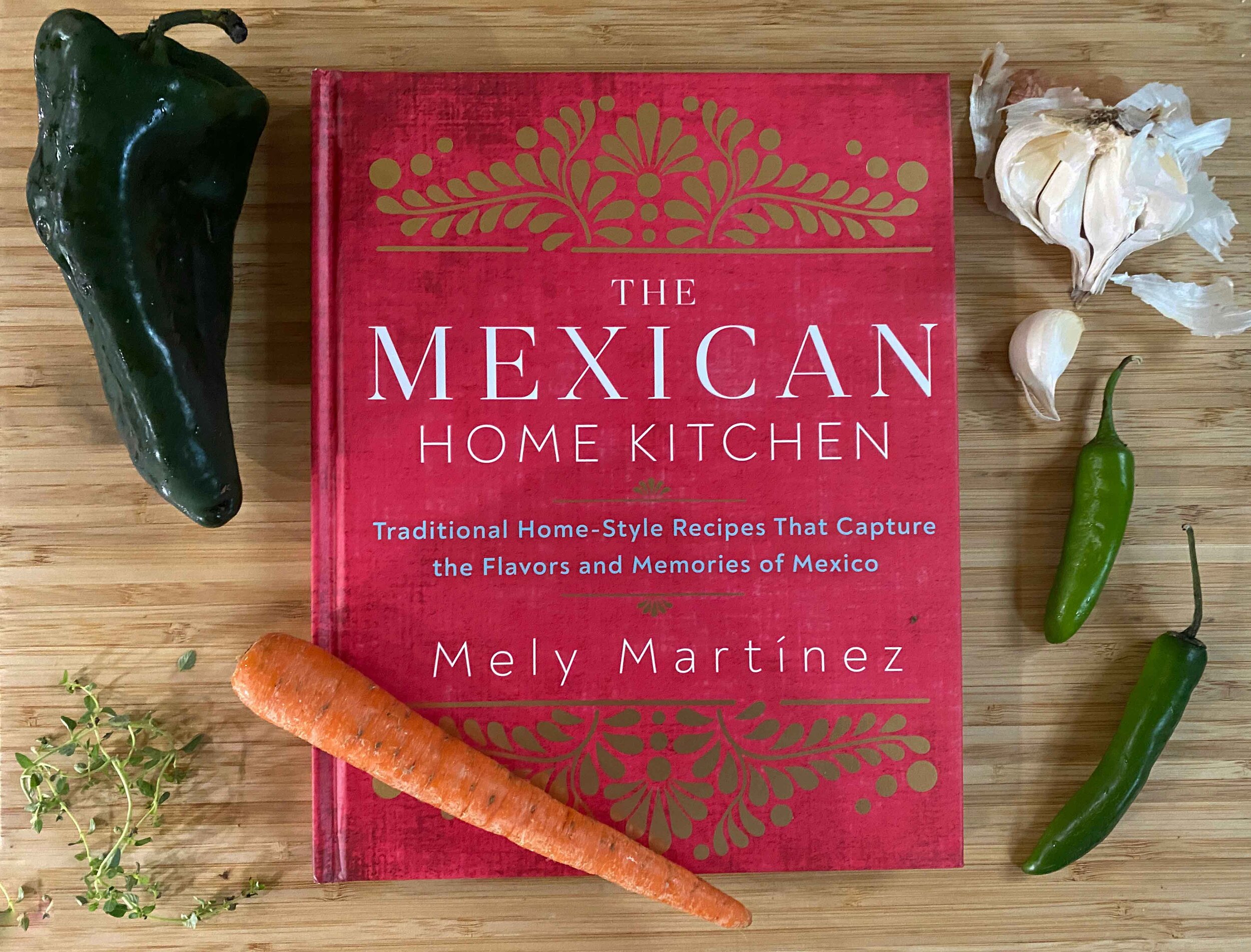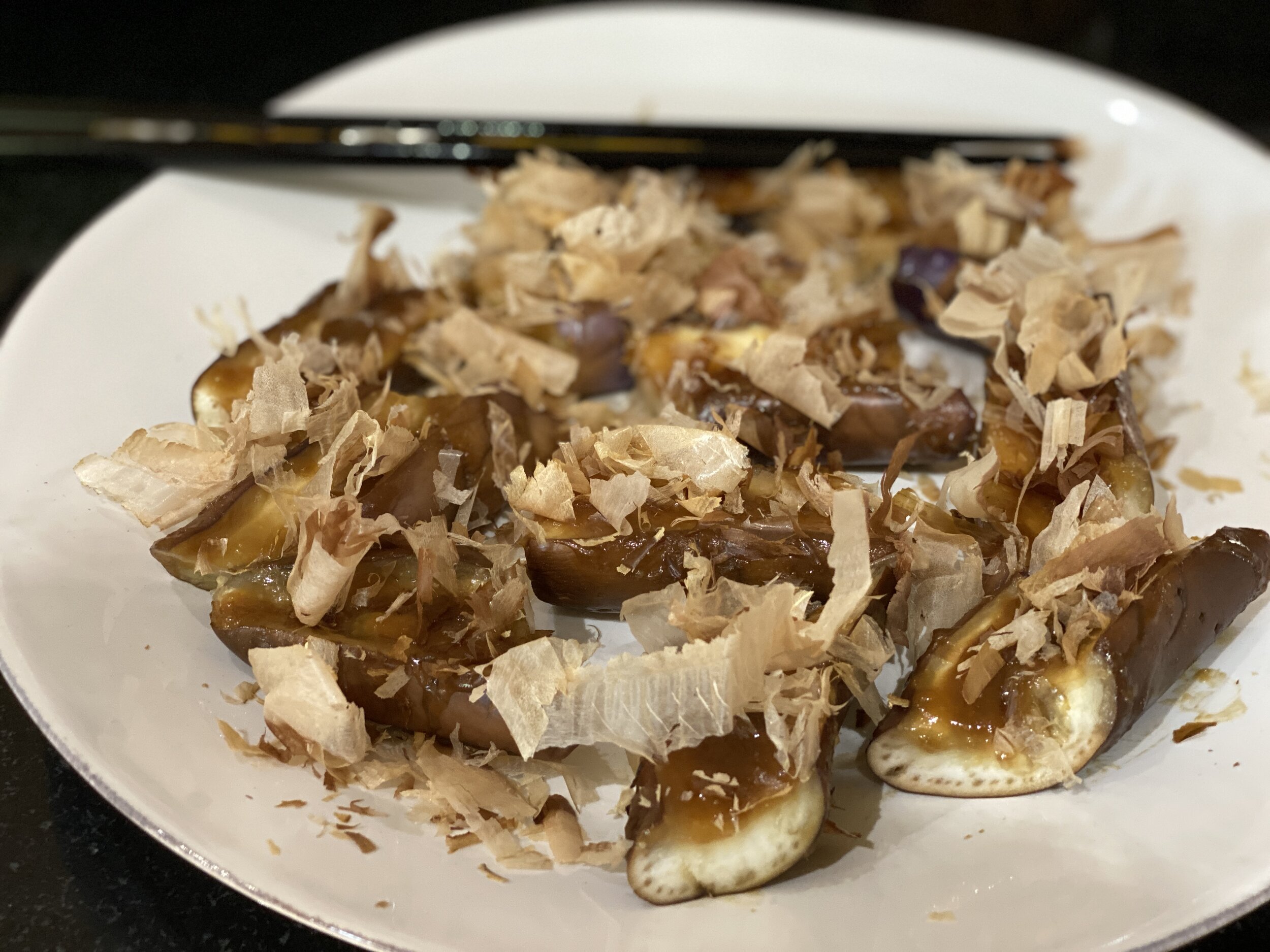Roasted garnet sweet potatoes, slathered with miso butter and dressed with scallions and furikake
Miso butter is one of those magical ingredients. Creamy and luscious, rich with umami, it puts richness and incredible flavor anywhere you want it, turning the simplest foods into incredible luxuries.
It’s stunningly easy to make: Combine equal amounts of miso with softened unsalted butter. That’s it.
You can use it in a hundred different ways. Plop it on plastic film, roll in a log and chill it (as you would any compound butter), then use slices as needed to melt atop steaks or chops or steamed, braised or roasted vegetables. (Braised kale! Roasted eggplant! Roasted Brussels sprouts!) Stir it into boiled soba noodles or brown rice. Spread it on salmon fillets or chicken breasts before roasting or broiling.
The most delicious way to use it, as far as we’re concerned, is slathering it on a hot-from-the-oven sweet potato that’s been roasted till creamy-soft, luscious and caramelized. Three ingredients: butter, miso, sweet potato. Infinite autumnal pleasure, essential winter joy. Sure, it’s a bit indulgent, with all that butter, but it’s so good. And it’s a meal in itself. Sometimes I grind black pepper on top.
Last night, I got a little fancier, skipping the black pepper and adding sliced scallions and a sprinkle of furikake — the Japanese condiment of sesame seeds and nori flakes that has become one of my pandemic pantry essentials. A dash of shichimi togarashi (Japanese red pepper flakes in a tiny shaker bottle) added a happy high note. I didn’t realize it while it was happening, but the furikake-togarashi play was inspired by a José Andrés recipe for Miso-Butter Corn.
You don’t really need a recipe for this, but maybe you’d like one. The pleasure’s all mine. And now yours.

